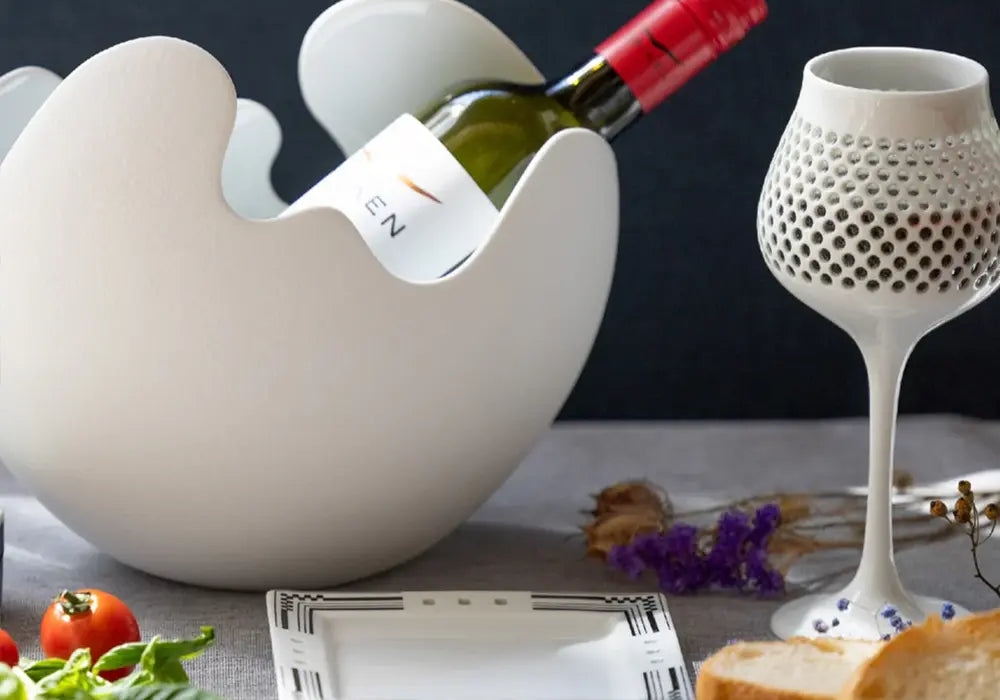Key to Authenticating Japanese Ceramics
As works of art, Japanese ceramics are more than just functional vessels—they embody culture, history, and the craftsmanship of their makers. When collecting Japanese ceramics, authenticity is a crucial factor. One of the most important elements in authentication is the presence of a “Kyōbako” (tomobako)—a designated storage box that accompanies the piece.In this article, we will explore why the Kyōbako is a uniquely Japanese tradition and how it serves as a vital element in guaranteeing the value of ceramic artworks.
Table of Contents
1.What is a Kyōbako? A Unique Japanese Cultural Tradition
-
- Overview and Characteristics of Kyōbako
- Cultural Background Unique to Japan
- Differences from Western Ceramics
2.Why Kyōbako is Essential for Authentication
-
- How the Presence of a Kyōbako Affects Value
- Key Points for Checking Signatures and Seals
- How to Verify Calligraphy and Stamps on the Box
3.How Kyōbako Enhances the Investment Value of Ceramics
-
- Market Value of Works with Kyōbako
- Case Studies from Auction Markets
- The Investment Potential of Kyōbako
4.Safe Ways to Purchase Authentic Ceramics Using Kyōbako
-
- Choosing Reliable Sales Channels
- How to Verify Official Information from Artists and Kilns
- Utilizing Expert Appraisals
5.Conclusion: Understanding Kyōbako to Identify the True Value of Art
-
- Key Considerations for Acquiring Authentic Ceramics
- The Importance of Evaluating Kyōbako and Artwork as a Set
- How to Assess Value and Enjoy Ceramics for Years to Come
★What is a Kyōbako? A Unique Japanese Cultural Tradition
A Kyōbako is a wooden box, usually made of paulownia wood, that is prepared by the artist or related individuals to accompany a ceramic piece. It typically features a handwritten signature and inscription by the artist, often including the artwork’s title. Kyōbako serves both as a means of preserving the piece and as a certificate of authenticity. In Japan’s ceramic art world, having a Kyōbako is considered essential for proving an artwork’s authenticity, and its presence can significantly impact the piece’s value.
✅Key Characteristics of Kyōbako
- Features the artist’s handwritten signature or seal on the inside or outside of the lid.
- Includes the title of the work, and sometimes the year of creation or kiln name.
- High-end Japanese ceramics are evaluated together with their Kyōbako.
✅Why is Kyōbako Unique to Japan?
- Western ceramics do not have a similar box culture.
- Japanese pottery emphasizes the artist’s direct guarantee of authenticity.
- The inscriptions on the Kyōbako help document the history and value of the piece over time.

★Why Kyōbako is Essential for Authentication
The presence of a Kyōbako is directly linked to the value of an artwork. For high-priced ceramics, the Kyōbako serves as a crucial proof of authenticity. Additionally, an artist’s signature on the Kyōbako can vary depending on the production period, making it an important clue in authentication.
✅Key Points for Authenticating with Kyōbako
◆ Does it have the artist’s handwritten signature?
- Check for distinctive writing characteristics and the placement of the seal.
- Compare with official catalogs or museum records for verification.
◆ Is the material of the box appropriate?
- Japanese ceramic Kyōbako are typically made of paulownia wood. If a cheaper wood is used, it could indicate a counterfeit.
◆ Does the calligraphy on the box look natural?
- Be cautious if the artist’s signature appears overly stiff or resembles mechanical printing.
◆ Is there a red seal or artist’s stamp?
- Some artists include a red stamp (shuin) next to their signature.
★How Kyōbako Enhances the Investment Value of Ceramics
A Kyōbako is a critical element that significantly influences the value of an artwork. In ceramics and crafts, the presence of a Kyōbako not only proves authenticity but also greatly increases investment value. In auctions and antique markets, it is not uncommon for a piece with a Kyōbako to sell for more than double the price of a similar piece without one.Additionally, the signature, title, and production year written on the Kyōbako serve as a historical record of the artwork. For collectors and appraisers, this information is invaluable, making pieces with a Kyōbako highly sought after and highly rated in the market.

✅Case Studies from the Auction Market
- Kitaōji Rosanjin’s Ceramics → Pieces with a Kyōbako can be valued at several million yen, while those without a Kyōbako may sell for less than half of that price.
- Fujiwara Yū’s Bizen Ware Tea Bowls → Without a Kyōbako, it becomes difficult to verify authenticity, leading to a decrease in market value.
📌 Having a Kyōbako officially certifies the artwork and ensures its investment value as a collectible.
★Safe Ways to Purchase Authentic Ceramics Using Kyōbako
So, how can you safely purchase ceramics using a Kyōbako? Keep the following points in mind:
✅Key Points for Safe Purchases
◆ Use Trusted Sales Channels
- Purchase from department stores, galleries, or museum-certified dealers.
- For online auctions, always verify the certificate of authenticity and check Kyōbako photos.
◆ Check Official Information from the Artist or Kiln
- Visit the official website to confirm details about Kyōbako inscriptions and signature characteristics.
◆ Consult an Expert for Appraisal
- For high-value pieces, seeking professional evaluation is recommended.
- In cities like Tokyo and Kyoto, professional appraisers at ceramic galleries can provide expert assessments.

★Conclusion: Understanding Kyōbako to Identify the True Value of Art
A Kyōbako is not just a storage box; it is a unique cultural tradition in Japan and a crucial element in guaranteeing the value of an artwork. To acquire genuine ceramics, it is important to verify the presence of a Kyōbako and check the artist’s seal and handwriting, which helps in avoiding counterfeits.
✨ When collecting Japanese ceramics, always remember the concept: “Artwork + Kyōbako = Authenticity” ✨
Japanese ceramics not only hold artistic value but also have significant investment potential. By properly authenticating pieces, you can acquire a true masterpiece.


